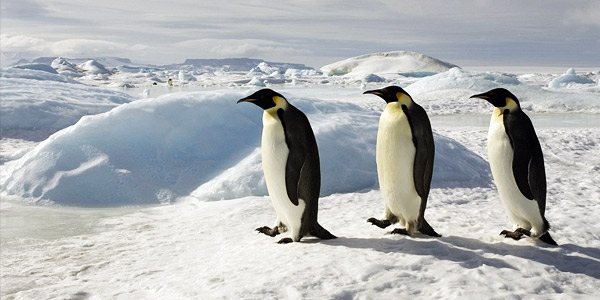Knowledge Articles | Freezing Antarctica

Freezing Antarctica
- Antarctica is the 5th largest continent on the earth. It's spread over 1.4 crore square miles over the south pole of the earth. 98% of Antarctica is covered by ice and the average density of the ice is over 1 mile in depth! The name Antarctica comes from a Greek word meaning 'Opposite to the north'. - Antarctica is the coldest, driest and windiest continent on the earth. The temperature can drop down to 90 degrees Celsius, and the winds can reach up to 300 kilometers per hour! With least rainfall and less plantation, it can be considered as the largest desert on the earth. It has been thousands of years since rain has fallen on some places in Antarctica! Only a few animals like seals and penguins live in Antarctica permanently. Even the ants were unable to make the continent as their colony. - There are no permanent residents in Antarctica. Only a few thousands reside in the research stations provided by different countries for research purposes. Even India has two research stations on Antarctica at present named 'Bharati' and 'Maitri'. Besides, India have a supply base in Antarctica called 'Dakshin gangotri'. - Seven countries along with Australia claims to own some part of the continent. However a treaty was formed in 1959 named 'Antarctic treaty'. The Antarctic treaty forbids any further claims to be made by any nation. It also states that the continent should only be used for research facilities. No radioactive materials should be disposed on the continent and no atomic research should be carried on the place. So far 53 nations have become a part of the treaty. - John Davis might be the first person to set foot on Antarctica in 1821 though it was controversial. But 'Roald Amundsen' is without any doubt is the first person to reach the South Pole situated in Antarctica. Colonel Bajaj was the first Indian to reach the South Pole, as a part of Indian expedition in 1989. - There are many reasons for the freezing temperatures of Antarctica. It's hard for the sunrays to reach the continent. Even if the rays reach the continent, the permanent ice cap on the continent would reflect much of the heat. Most of the continent is about 9,800 feet above the sea level.